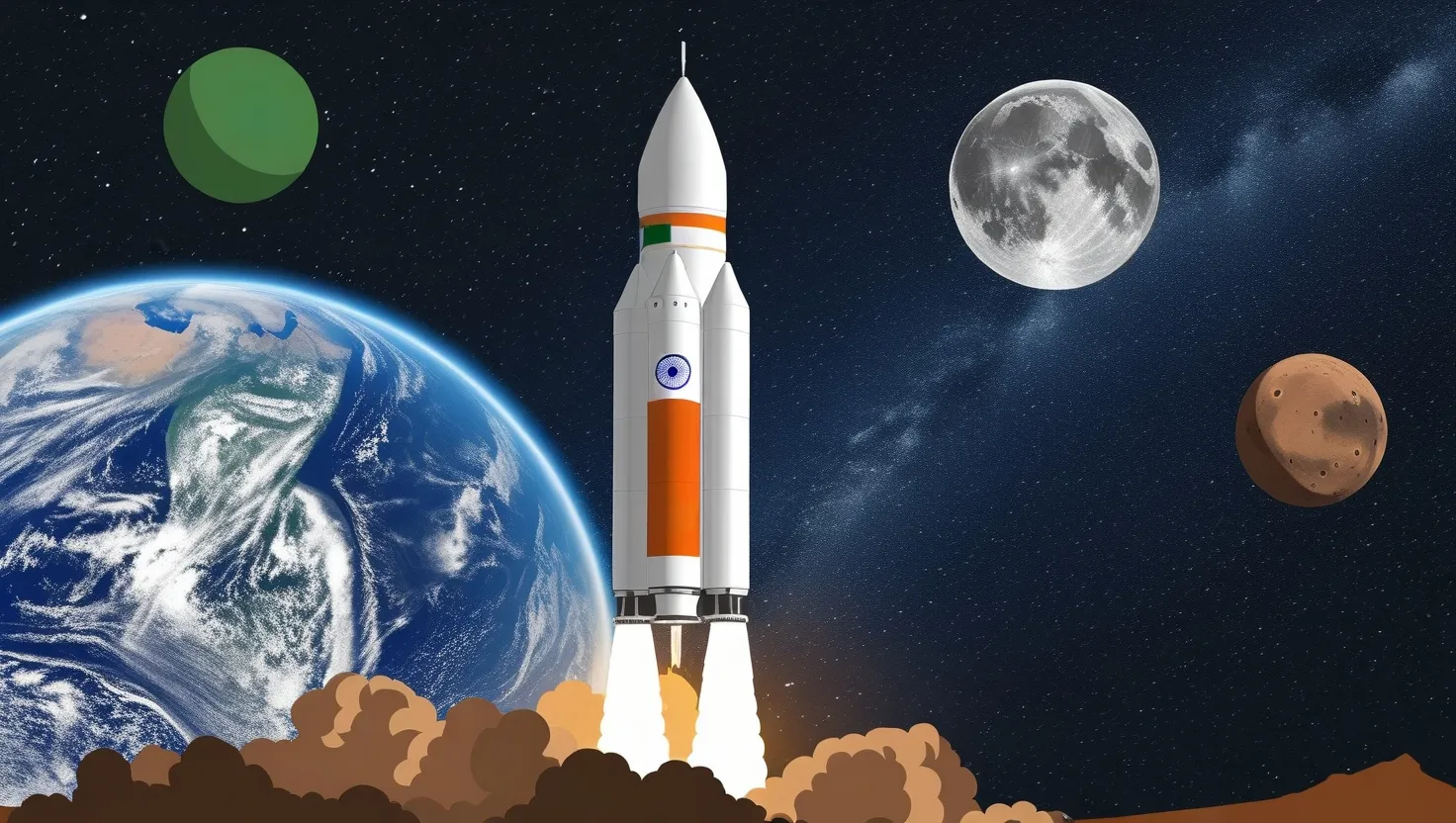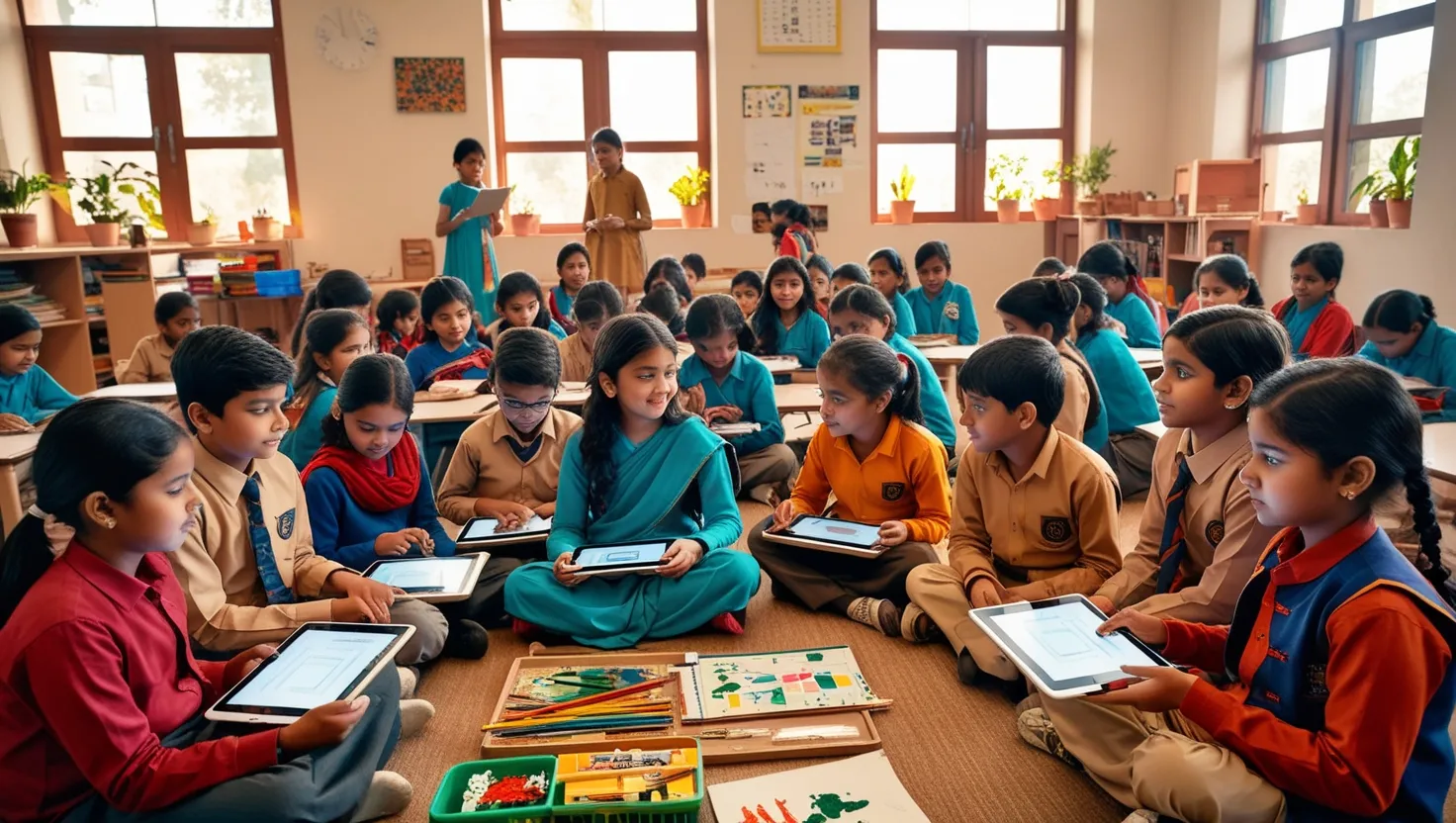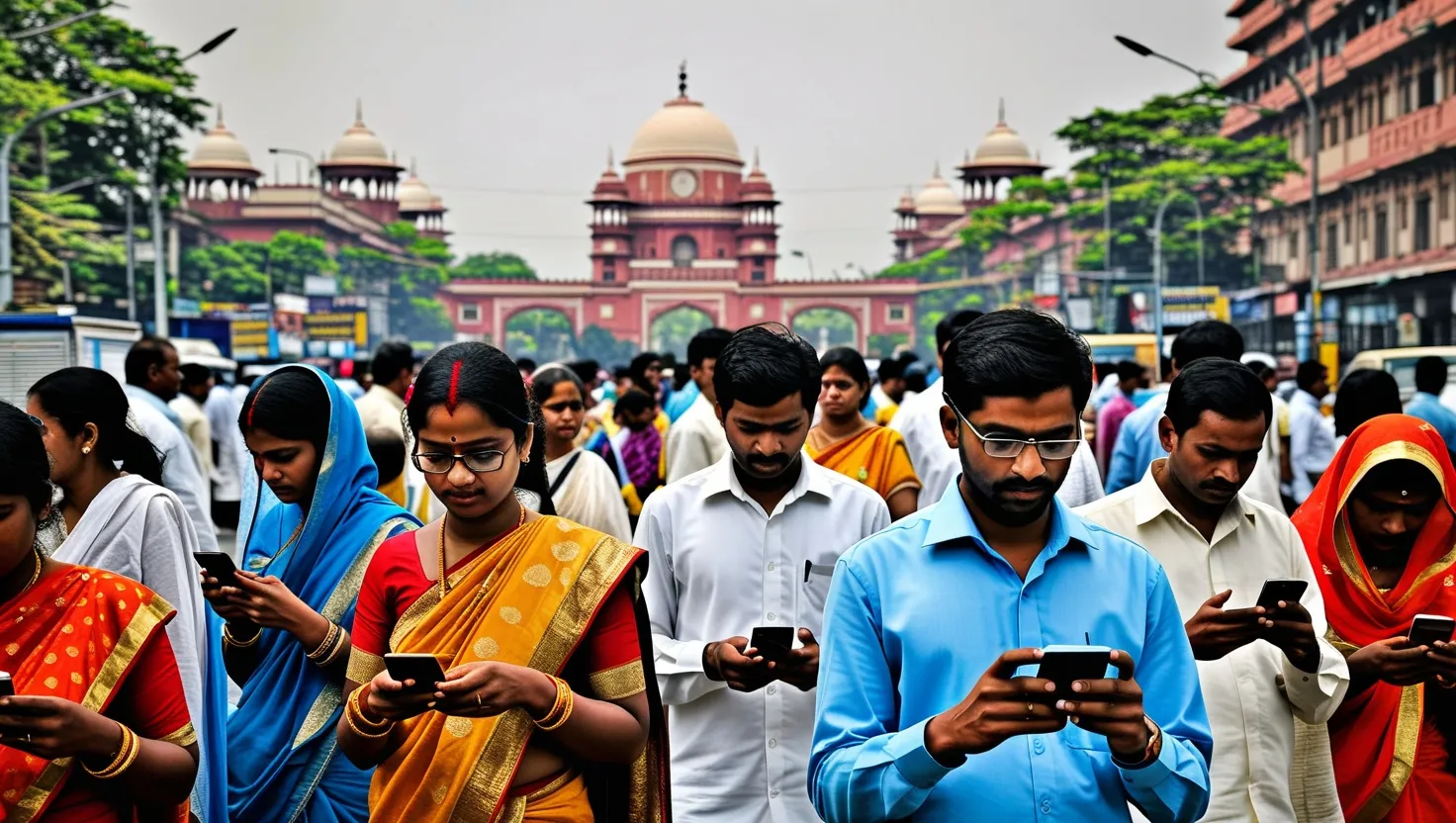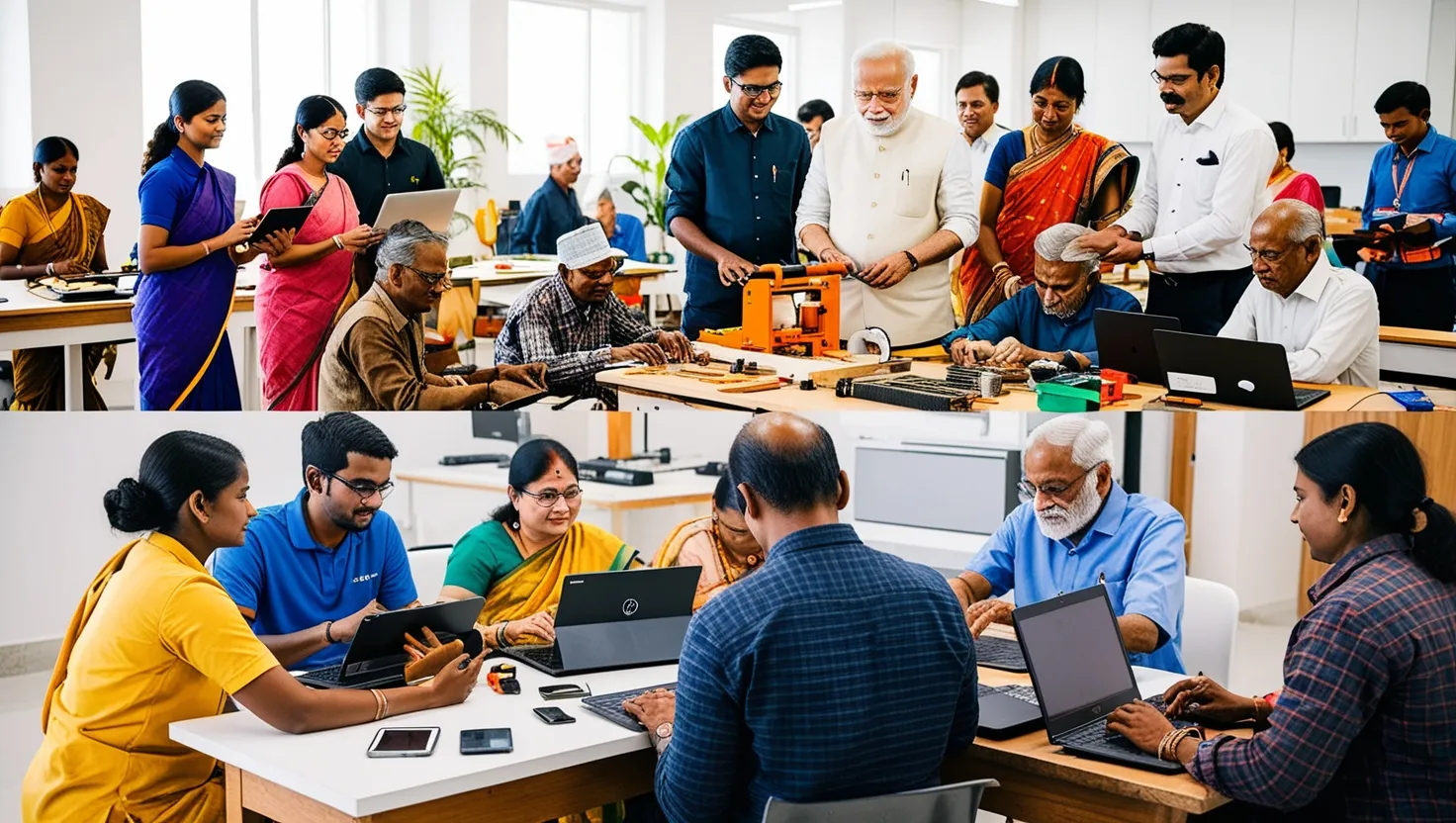As I reflect on the remarkable journey of India’s space program, I am reminded of the words of Dr. Vikram Sarabhai, the father of India’s space program: “There are some who question the relevance of space activities in a developing nation. To us, there is no ambiguity of purpose. We do not have the fantasy of going to the moon or Mars. We are concerned with the use of technology for the improvement of human life.”
Chandrayaan Missions and Lunar Exploration
India’s foray into lunar exploration began with the Chandrayaan-1 mission in 2008, which marked a significant milestone in the country’s space endeavors. This mission not only demonstrated India’s capability to send a spacecraft to the Moon but also provided valuable scientific data. However, it was the Chandrayaan-3 mission that truly showcased India’s technological prowess. After the initial setback of Chandrayaan-2, which saw the lander Vikram crash on the lunar surface, Chandrayaan-3 successfully soft-landed on the Moon’s south pole in August 2023. This achievement was a testament to India’s perseverance and innovative spirit.
The success of Chandrayaan-3 has global implications, as it opens up new avenues for lunar research and resource utilization. India’s ability to land on the Moon’s south pole, a region rich in water ice, positions the country as a key player in future lunar missions and potential resource extraction.
Mars Orbiter Mission (Mangalyaan) and Cost-Effectiveness
In 2013, India launched the Mars Orbiter Mission, or Mangalyaan, which was a groundbreaking achievement not just for its scientific discoveries but also for its cost-effectiveness. At a fraction of the cost of NASA’s Mars Curiosity Rover, Mangalyaan demonstrated that space exploration could be affordable without compromising on quality.
“Mangalyaan is a technological marvel, and it has shown the world that India can achieve great things with limited resources,” said a senior ISRO scientist. This mission has inspired other countries to rethink their approach to space exploration, emphasizing the importance of efficiency and innovation.
PSLV’s Success in Launching Multiple Satellites
The Polar Satellite Launch Vehicle (PSLV) has been a workhorse for India’s space program, launching numerous satellites into orbit with remarkable consistency. One of its most notable achievements was launching 104 satellites in a single mission in 2017, a record that still stands today.
The PSLV’s success has made India a preferred launch destination for international satellite operators. This not only generates revenue but also enhances India’s reputation as a reliable and efficient launch service provider.
NavIC and Its Applications in Navigation
India’s indigenous navigation system, NavIC (Navigation with Indian Constellation), is another significant milestone. Developed to reduce dependence on foreign navigation systems like GPS, NavIC provides accurate positioning and timing services over the Indian subcontinent.
NavIC has various applications, from aviation and maritime to agriculture and disaster management. Its precision and reliability make it an essential tool for both civilian and military use, further solidifying India’s self-reliance in space technology.
Gaganyaan Program and Human Spaceflight Ambitions
The Gaganyaan program represents India’s most ambitious space endeavor to date – sending humans into space. Scheduled for launch by 2025, this mission will mark India’s entry into the exclusive club of nations with human spaceflight capabilities, alongside the United States, Russia, and China.
“Gaganyaan is not just about sending humans to space; it’s about demonstrating our capability to sustain human life in space,” explained an ISRO engineer. This mission is crucial for India’s future in space exploration, as it paves the way for more complex missions, including a planned crewed mission to the Moon by 2030.
Space Technology for Disaster Management and Agriculture
India’s space program has also made significant contributions to disaster management and agriculture. Satellites like the INSAT series and the RISAT series provide critical data for weather forecasting, crop monitoring, and disaster response.
For instance, during natural disasters like cyclones or floods, India’s satellites can quickly assess damage and provide real-time data to aid in rescue operations. In agriculture, satellite data helps in crop yield prediction, soil health analysis, and water resource management, leading to more efficient and sustainable farming practices.
Commercial Space Services and International Collaborations
India’s space sector is not just about government-led initiatives; it is also witnessing a surge in commercial activities. With policies allowing up to 100% foreign direct investment in space-related sectors, India is attracting international players and fostering a vibrant startup ecosystem.
This shift has enabled component manufacturers to access cutting-edge technologies and collaborate with global partners. India’s commercial space services, including launch services and satellite manufacturing, are becoming increasingly competitive on the global stage.
As we look to the future, India’s space program is poised for even greater achievements. With missions like the SpaDeX, which aims to develop space docking technology, and the Venus Orbiter Mission (Shukrayaan), India is set to expand its presence in the solar system.
However, there are challenges ahead. Limited budgets and technological dependencies on imports remain significant hurdles. Yet, the government’s commitment to space exploration, coupled with increased private sector involvement, bodes well for the future.
The Road Ahead
As India continues to push the boundaries of space technology and exploration, it is clear that the country’s space program is not just about national pride but also about contributing to the global community. With ambitious plans to establish its own space station by 2035 and land an Indian astronaut on the Moon by 2040, India is cementing its position as a global leader in space.
In the words of Prime Minister Narendra Modi, “India’s space program is a perfect example of what we can achieve when we combine science, technology, and innovation with a strong vision and determination.”
As we embark on this exciting journey, one question remains: What other milestones will India achieve in the vast expanse of space? Only time will tell, but one thing is certain – India’s space program is here to stay and will continue to inspire generations to come.






